One of the biggest challenges we face as humans are learning how to use our resources efficiently. This is especially true when it comes to something as precious as food. According to the United Nations, about one-third of all food produced for human consumption gets lost or wasted each year. That’s 1.3 billion tons of food! We must take steps to actively reduce food waste.
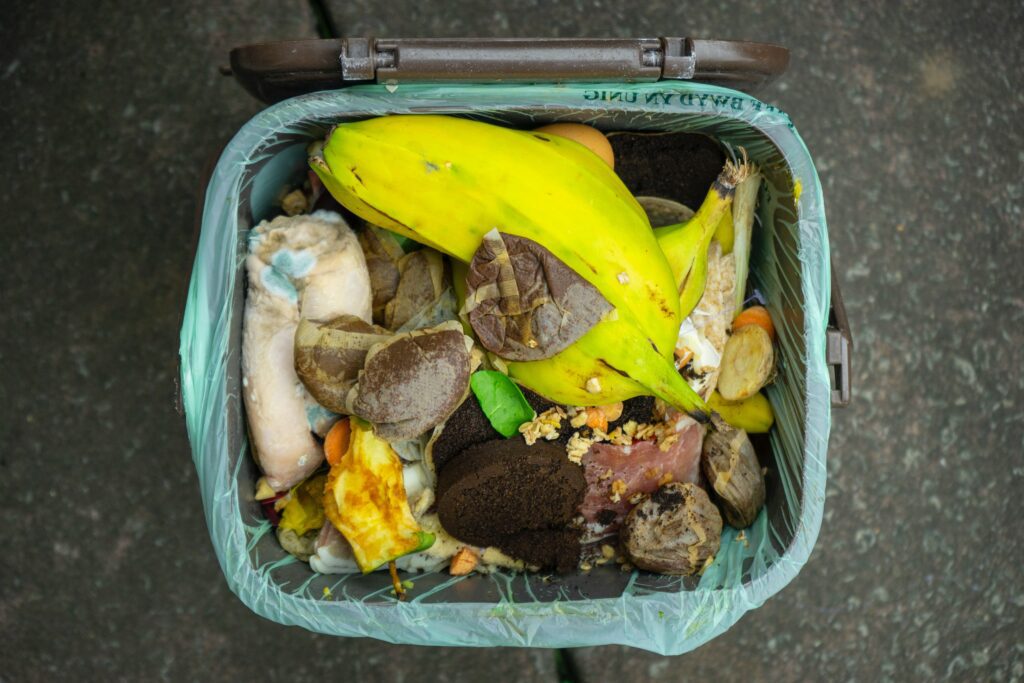
So, let’s look at 7 simple ways that that preserving food can reduce food waste.
1. Use Peels and other Edible leftover pieces of Fruits & Vegetables
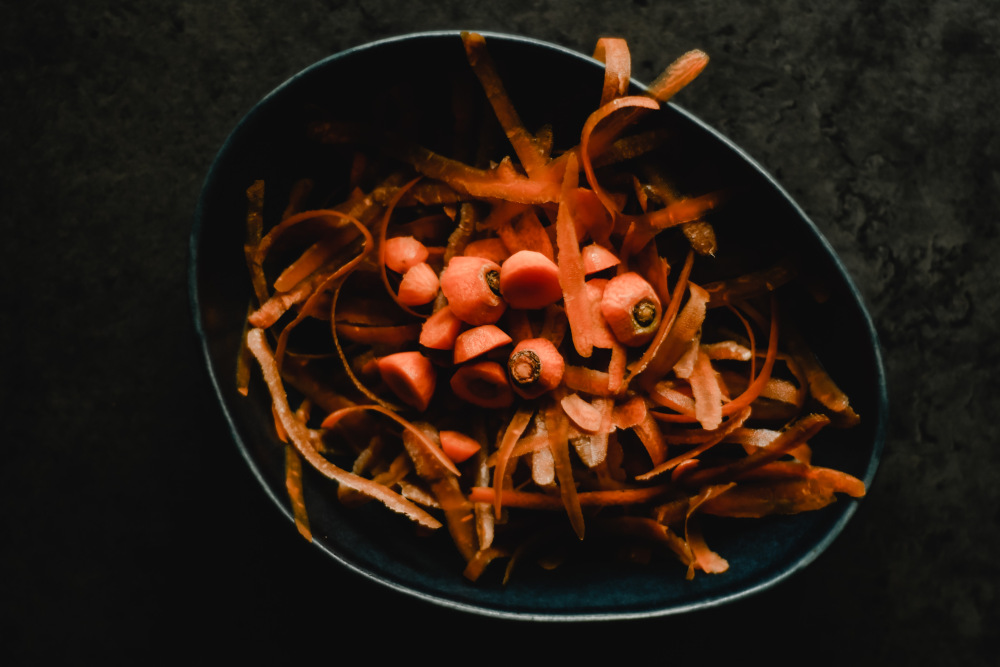
Preserving fruits and vegetables is a great way to reduce food waste. By using peels and other offcuts that would normally be discarded, you can create delicious jams, jellies, and pickles that will last for much longer. In addition to being a thrifty way to use up leftover ingredients, preserving food also helps to extend its shelf life. And since fruits and vegetables are typically at their peak of freshness when they are in season, preserving them is a great way to enjoy their flavour and nutrition all year round.
There are many different methods of preservation, but one of the simplest is to make fruit preserves. To do this, simply cook down the fruit (with a little sugar and lemon juice if desired) until it is thick and spreadable. Once cooled, the preserve can be stored in a sterilized jar and kept in the fridge or freezer for you to enjoy.
2. Preserve the glut to reduce food waste
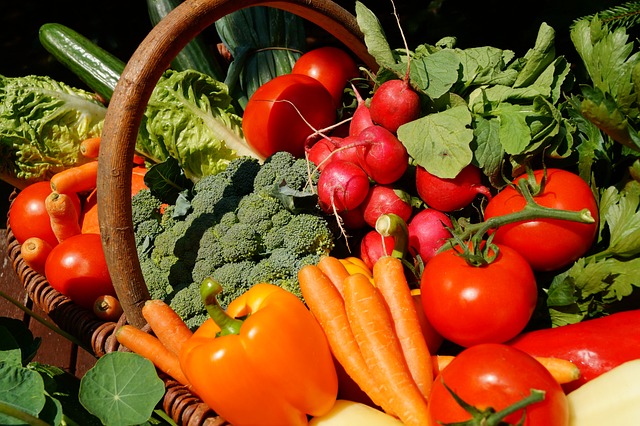
One of the best ways to limit food waste is to preserve a glut of produce from your garden. You can do the same with cheaply available, and/or wonky produce. Making jam, chutney and pickling are some excellent methods for preserving fruits and vegetables. This means that you can enjoy your summer fruits and vegetables all year long and add flavour to your dishes.
In addition to canning and pickling, you can also freeze produce. Freeze tomatoes whole or in halves, blanch greens, chop herbs and store them in ice cube trays covered with water or olive oil. You can also make fruit leathers, jams, and jellies. So many different ways! Preserving your produce is a great way to enjoy it all year long and limit food waste.
3. Is there a Preserve hiding in there?
Food waste is a growing problem worldwide. Not only is a significant amount of food that is produced never eaten, but then much of this wasted food ends up in landfill sites.
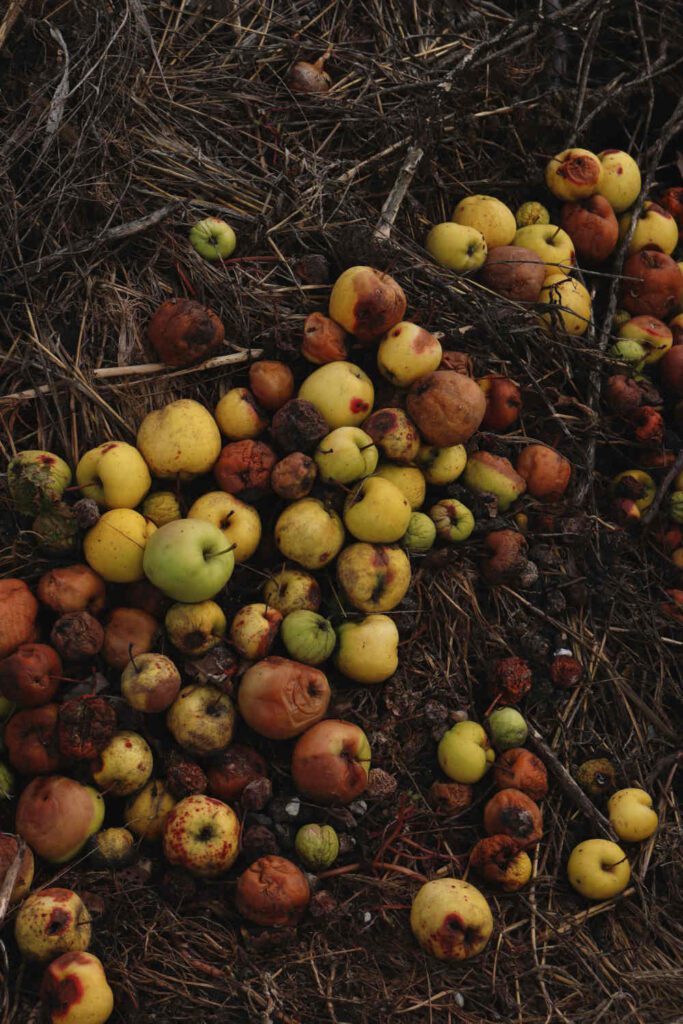
There are several simple ways to reduce food waste in your kitchen. It is generally recommended that you use the best quality of ingredients possible to get the best outcome. But it is also true that using imperfect fruits or vegetables to make preserves saves them from the bin/compost heap. Those bruises, nicks, and blemishes may not promise the prettiest jar of jam. But they won’t affect the flavour or safety of your preserves. And making your preserves is a great way to enjoy the taste of summer all year round.
For example, if you have a few bruised apples or overripe tomatoes, you can chop them up and cook them down into a delicious jam, sauce or chutney. Not only will you save money by using up these ingredients, but you’ll also be helping to reduce food waste.
So go ahead and embrace those imperfections – they might just help you save some money and reduce food waste in the process. You may be surprised at how delicious they can turn out to be.
4. Freezing for later reduces food waste
One of the easiest ways to limit food waste is to freeze extra fruits and vegetables. This allows you to enjoy them at their peak of freshness, while also preventing them from going bad.
When freezing fruits and vegetables, it is important to use airtight containers or bags. This will help to prevent freezer burn, which can damage the quality of the food. Additionally, be sure to label the contents of the containers or bags. This will help you to remember what is inside when you are looking for something specific.
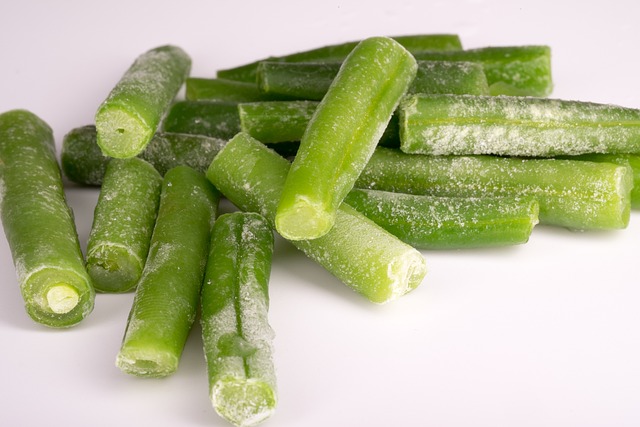
Freezing is also a great way to preserve food. Freezing can extend the shelf life of food by weeks or even months.
With a little planning and effort, freezing extra fruits and vegetables is a great way to limit food waste.
5. Drying to keep enjoying
Drying or dehydrating herbs and certain fruits is a significantly forgotten and underused way to extend the life of produce and so limit food waste. Dehydration is a process that removes water from food to prevent microorganisms from growing, so reduces the risk of spoiling, which can then extend its shelf life.
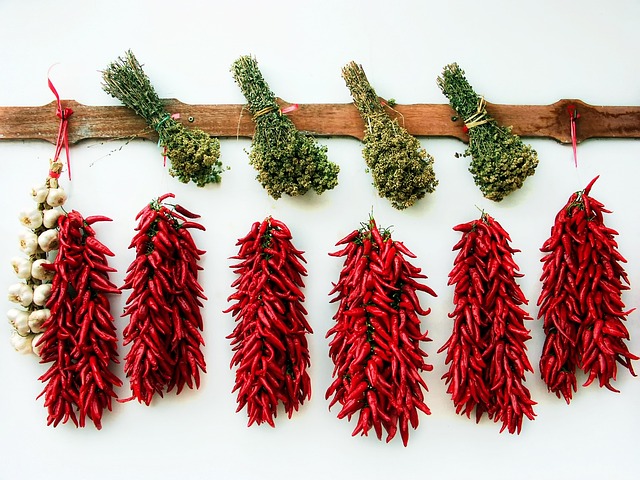
Herbs can be dried using a variety of methods, including air drying, oven drying, and microwave drying. Fruits can also be dried in the same ways, although they may require slightly different drying times and temperatures. Drying herbs and fruits is a simple and effective way to preserve them for longer periods as dehydrated foods remain shelf-stable for months or even years and allow you to use them for much longer – they just keep giving and giving!
In addition, it can also help to intensify their flavours, making them more enjoyable to eat. So if you’re looking for a way to limit food waste, consider drying or dehydrating your herbs and fruits.
6. Pickle it, don’t waste it!
Pickling is most commonly thought of as only relevant as a way to preserve food for the long winter months. However, pickling can also be a great way to limit food waste. while enjoying this tangy preserve just because you want to!
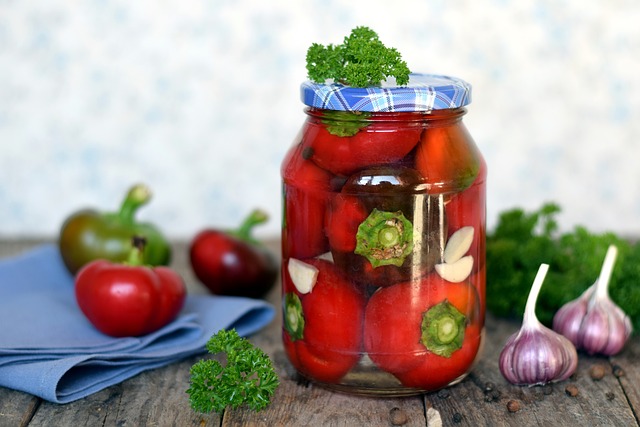
When fruits and vegetables are in season, they can be picked and then preserved in vinegar or brine. Instant refrigerator pickles are a great way to use up small amounts of vegetables that you may have left over. Some recipes are such that you can serve them up almost immediately; others you can keep in the fridge and enjoy for a few days and then others for even longer. This process not only extends the shelf life of the produce but also gives the fruits and vegetables a unique flavour that can be enjoyed year-round.
In addition, pickled fruits and vegetables can be used as an ingredient in other dishes, such as salads or sandwiches. As a result, pickling is a simple, effective and tasty way to reduce food waste.
7. Fermenting for health and less food waste
Fermenting is a process that uses bacteria to convert carbohydrates into alcohol or acids. It is a method of food preservation that has been used for centuries, and it can be a great way to limit food waste.
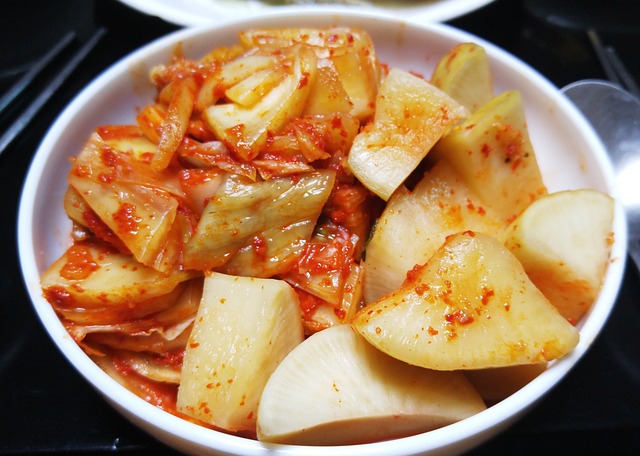
When fruits or vegetables are fermented, they become more shelf-stable and less likely to spoil. Fermented foods can also be stored for longer periods without losing their taste or nutritional value. Fermented foods are rich in probiotics, which are beneficial for gut health.
Also, fermentation can help to create new and interesting flavours in foods. For example, fermentation can add a tangy flavour to fruits or a sour flavour to vegetables. They are also very flavourful to enjoy in their own right and can also add a delicious depth of flavour to meals. As a result, fermenting is a great way to add variety to your diet and reduce food waste at the same time.
The topic of reducing food waste is rising in popularity, and its about time! To read further about this trend, click on these links:
12 Ways to Stop Wasting Food and Drink
Hilton launches a £40 ‘taste of zero waste’ menu
While some methods of preserving food may take a bit more time or effort than others, they are all worth it in the end. Not only will you be able to enjoy your food for a longer period, but you will also be doing your part to reduce food waste. You win by getting to enjoy good food for longer, and the environment wins!
So get out there and start preserving!